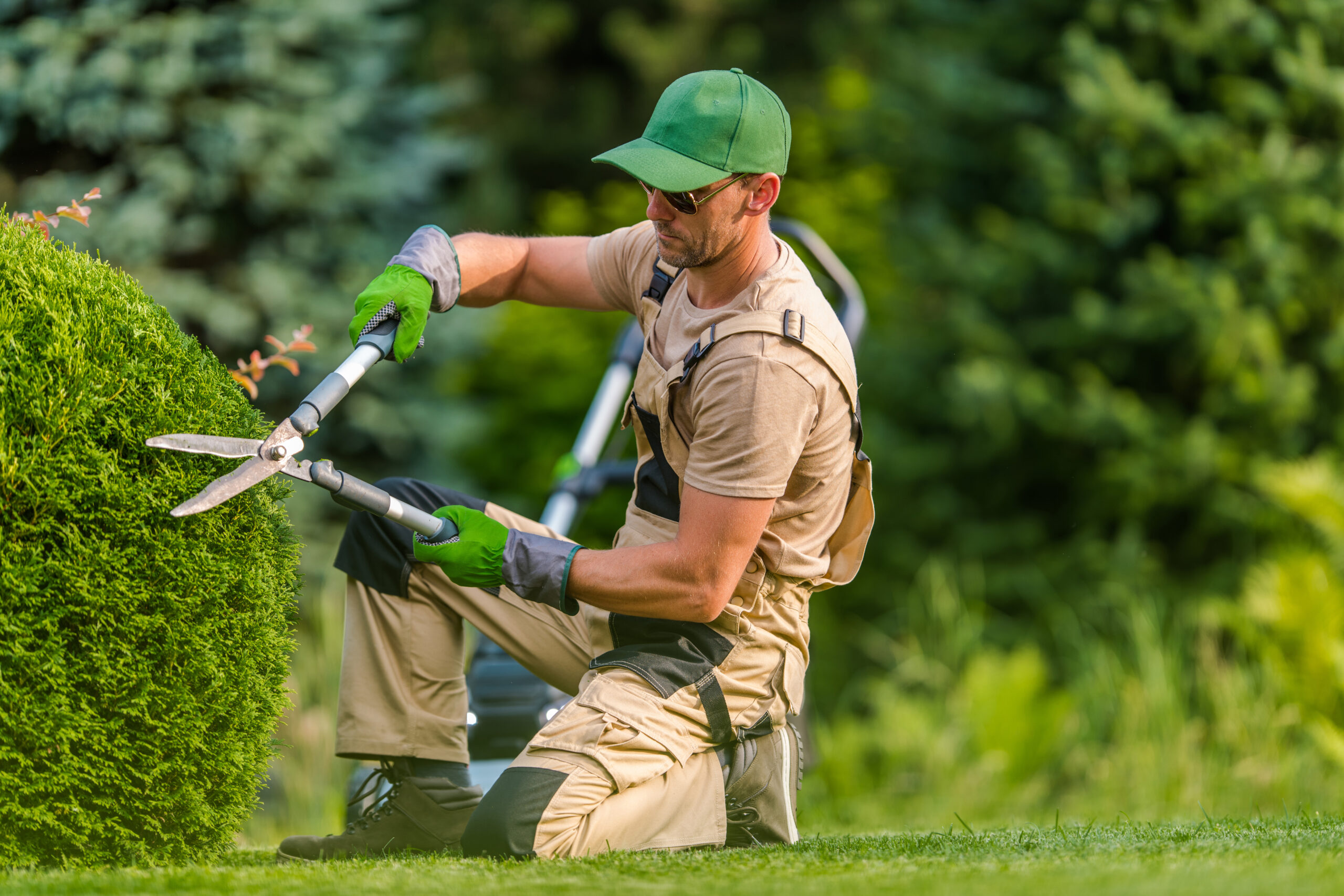Creating and maintaining a beautiful landscape is an art and a science. It’s not just about mowing the grass or planting a few flowers—it’s about nurturing a space that feels alive, inviting, and well-loved throughout every season. As someone who transitioned from the culinary world to landscaping, I’ve learned that the secret to long-term success lies in a mix of routine care, thoughtful design, and adapting to nature’s rhythms. Here’s my guide to keeping your landscape looking its best all year long.
Start with Healthy Soil
Great landscaping begins with the foundation: the soil. Just as a chef selects the finest ingredients, a landscaper must start with healthy, nutrient-rich soil. Testing your soil is an important first step. You can use a simple DIY soil test kit or hire a professional to analyze pH levels, nutrient content, and drainage capacity.
Once you know your soil’s needs, you can add compost, organic matter, or specific nutrients to create the ideal environment for plants to thrive. Remember, healthy soil not only supports plant growth but also helps retain moisture, reducing the need for frequent watering.
Establish a Seasonal Lawn Care Routine
A lush, green lawn is often the centerpiece of any landscape, but it doesn’t come effortlessly. Each season requires specific care to keep your grass healthy.
- Spring: This is the time to dethatch and aerate your lawn, allowing air and nutrients to penetrate the soil. Fertilize early in the season to promote growth, and seed any bare patches to create an even look.
- Summer: Focus on regular mowing, but avoid cutting the grass too short—this stresses the roots and makes them more vulnerable to heat. Water deeply but less frequently to encourage strong root systems.
- Fall: Overseed your lawn to fill in sparse areas, and apply a slow-release fertilizer to prepare the grass for winter. Raking leaves is essential to prevent them from smothering your lawn.
- Winter: In colder climates, avoid heavy foot traffic on frosty grass, which can damage it. Use this time to clean and maintain your lawn care equipment for the seasons ahead.
Plan for Year-Round Color
One of the secrets to a beautiful landscape is planning for color and interest throughout the year. This means selecting a variety of plants that bloom at different times or provide seasonal interest with foliage, berries, or bark.
- Spring: Tulips, daffodils, and forsythia bring vibrant colors to the garden as winter fades.
- Summer: Bright annuals like petunias and perennials like coneflowers shine during the warmer months.
- Fall: Chrysanthemums, ornamental grasses, and trees like maples provide a rich palette of reds, oranges, and yellows.
- Winter: Evergreen shrubs and trees, along with plants like holly and winterberry, keep the landscape lively even in the coldest months.
By layering your planting strategy, you can ensure there’s always something beautiful to enjoy, no matter the season.
Mulch for Beauty and Function
Mulching is one of those tasks that offers a lot of bang for your buck. A fresh layer of mulch not only gives flower beds and tree bases a clean, polished look but also provides practical benefits. Mulch helps retain soil moisture, suppress weeds, and regulate soil temperature, which is especially important during extreme weather.
Apply mulch once or twice a year, ideally in early spring and late fall. Spread it evenly, leaving a little space around the base of plants and trees to avoid trapping excess moisture against the stems.
Invest in Smart Irrigation
Watering is critical for landscape health, but it’s easy to overdo or underdo it. Investing in a smart irrigation system can save you time and water while keeping your plants hydrated. These systems use sensors to monitor soil moisture and weather conditions, ensuring that your landscape gets just the right amount of water.
For smaller yards, simple solutions like soaker hoses or drip irrigation work well. Always water early in the morning or late in the afternoon to minimize evaporation and prevent fungal diseases.
Prune and Trim Regularly
Pruning is essential to maintain the shape and health of trees, shrubs, and flowers. Remove dead or diseased branches promptly to prevent the spread of pests and diseases. Light trimming throughout the growing season helps encourage fuller, more attractive growth.
Timing is key—prune spring-flowering plants after they bloom, and trim summer-flowering plants in late winter or early spring before new growth begins.
Add Hardscaping Elements
Landscaping isn’t just about plants; hardscaping features like patios, walkways, and garden borders play an important role in defining your outdoor space. These elements add structure and functionality, making your landscape not only beautiful but also usable.
When choosing materials, consider your home’s architectural style and color palette. Stone, brick, or pavers can complement any design, while also being durable and low-maintenance.
Adapt to Nature
Finally, the most important lesson I’ve learned is to work with nature, not against it. Choose plants that thrive in your local climate and soil type, and embrace native species whenever possible. They’re better adapted to your area’s conditions, which means less watering, fertilizing, and overall maintenance.
If you live in a region with droughts, consider xeriscaping—a landscaping method that uses drought-tolerant plants and minimal water. It’s an eco-friendly way to maintain a stunning yard while conserving resources.
A Landscape to Enjoy Year-Round
Creating a beautiful, year-round landscape is a rewarding process that requires a mix of planning, care, and creativity. It’s not about perfection but about making a space that feels like home—a place you can take pride in and enjoy every day.
Whether you’re just starting your landscaping journey or looking to refine an existing yard, remember that small, consistent efforts can lead to big, lasting results. So grab your gloves, get your hands dirty, and start transforming your outdoor space into the sanctuary it’s meant to be.
